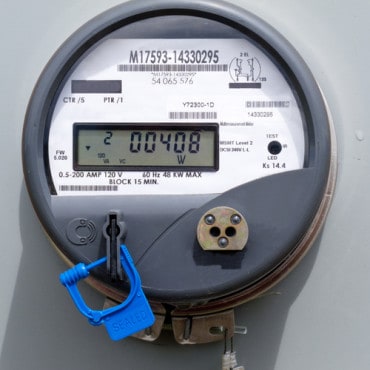
Utility contact centers need to adopt AI to meet evolving customer expectations and government-mandated KPIs.
AI and virtual agents have become crucial innovations, offering utilities a transformative approach to managing high-volume customer interactions during crises.
Why are they so important, and why are they so important now? Research by climate scientists at Princeton University has found that storms in the US have, in fact, increased in frequency and that the frequency of these intense storms will only get worse in the years ahead. On top of this, the World Meteorological Organization has found that the number of natural disasters has increased by a factor of five over a 50-year period. These storms and natural disasters present significant challenges for utility companies, particularly in maintaining effective communication with customers during critical service disruptions. Coupled with the high costs of traditional contact centers and the need to meet government-mandated Key Performance Indicators (KPIs) for quality customer service, the pressure on these companies has never been greater.
Additionally, severe weather-related power outages can cost nearly $200 million per company annually, highlighting the urgent need for a robust solution. By strategically integrating AI into their contact centers, utility companies can enhance service reliability and operational efficiency while meeting the stringent KPIs set by regulators and governments.
Previous regulatory actions underscore the urgency of this transformation. Southern California Edison faced $12 million in fines and settlements due to inadequate customer service responses during power outages. The company’s communication failures left many customers in the dark, literally and figuratively, during critical times. Also, in the UK, Ofgem fined Scottish Power £18 million in 2016 for poor customer service. The investigation found that the company had failed to handle customer complaints effectively, had long call waiting times, and had issues with billing, which caused significant inconvenience to customers.
See also: How IoT Is Revolutionizing the Energy Transition
AI enhances utility companies’ contact center engagements
The integration of AI in utility companies’ contact centers marks a revolutionary change for technology purchasers and generative AI enthusiasts. This technology tackles the operational inefficiencies of traditional contact centers while meeting the rising customer expectations for real-time, dependable information during service interruptions. A typical utility provider serving two million customers may receive between two to three million calls annually. Managing this call volume with human agents alone can cost between $20 million and $40 million, highlighting a substantial opportunity for cost reduction and service enhancement through AI implementation.
Today’s AI agents are vastly more advanced than earlier automated systems. They can manage tasks traditionally handled by human agents, such as processing payments, initiating services, and providing real-time information on power outages. This enables more customer service tasks to be automated, reducing customer wait times and freeing human agents to address more sensitive and complex issues. AI can also proactively offer information and solutions to customers, reducing the influx of inbound calls that typically overwhelm human agents after service disruptions. This proactive communication strategy not only alleviates volume strain on contact centers but also builds trust and confidence by assuring customers their utility provider is effectively and sympathetically handling all aspects of the situation.
Furthermore, AI capabilities extend way beyond fulfilling customer service tasks. Utilities can reduce the risk of fraud and prevent malicious attacks from breaching their contact center with voice biometrics. By seamlessly and naturally verifying callers with their unique biometric voiceprint in a conversation inside the IVR or with an agent, businesses can reduce the time to authenticate customers, increase the number of customers who can securely self-serve, and drive faster agent handling time. All of these factors increase operational efficiency and reduce costs.
Internal benefits abound
Internally, AI unlocks insights that can inform business decisions across departments. Utility companies can leverage AI-driven analytics to gain deep insights into call patterns, customer concerns, and operational bottlenecks. They can leverage these findings to better understand customer needs and identify more service tasks that could be automated. In doing so, the customer experience is continuously improved upon, demonstrating a commitment to high-quality service while reducing the risk of government-imposed fines.
Adopting AI in contact centers offers a resilient and scalable solution for utility companies – especially as the demands on them will persist with natural disasters becoming more frequent. The adoption of AI represents an opportunity to move from reactive, capacity-constrained models to a proactive, efficient, and customer-centric approach. This change promises enhanced operational efficiency, reduced costs, and strengthened customer relationships, building invaluable trust during crises. For those involved in technology and AI procurement for contact centers, the message is clear: the time for digital transformation is now.
Ultimately, to meet evolving customer expectations and government-mandated KPIs, utility contact centers need to adopt AI. This transformation empowers not only customers but equips utility providers with the tools needed to navigate modern-day service disruptions. In the near future, AI’s role in establishing resilient, efficient, and customer-focused communication channels will unquestionably become a key element of the utility industry’s strategy to mitigate the effects of natural disasters.




























